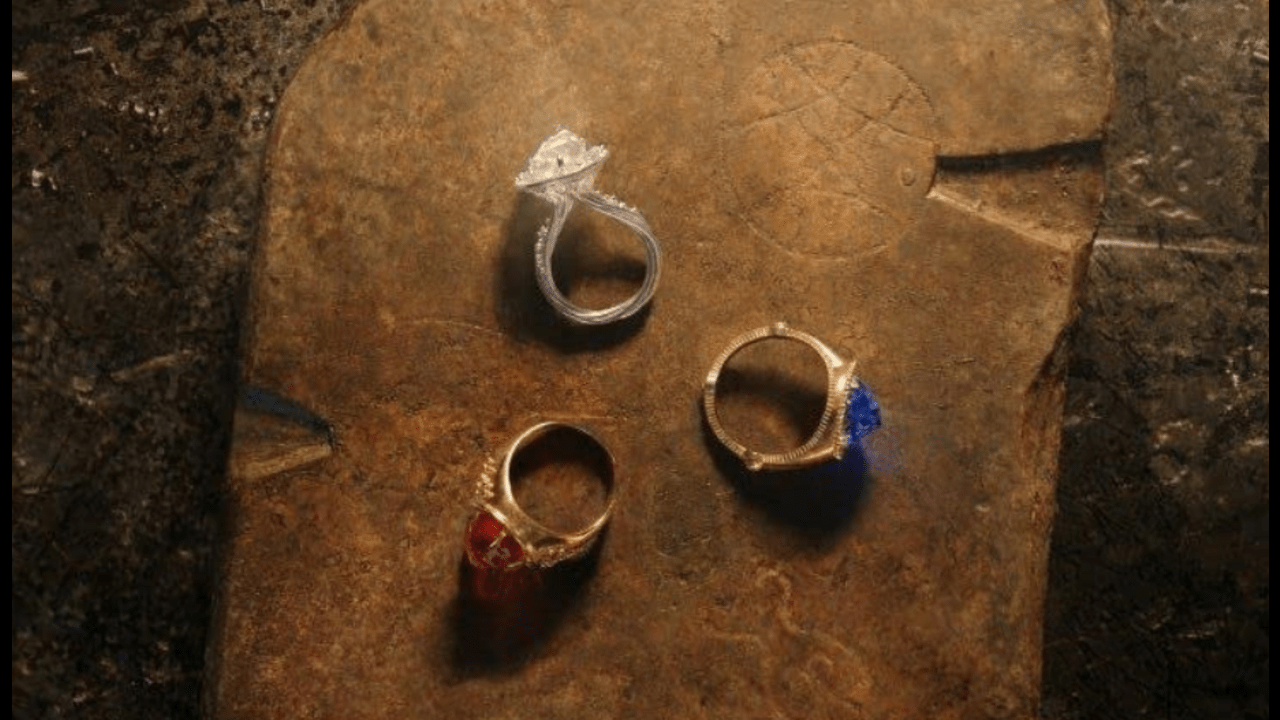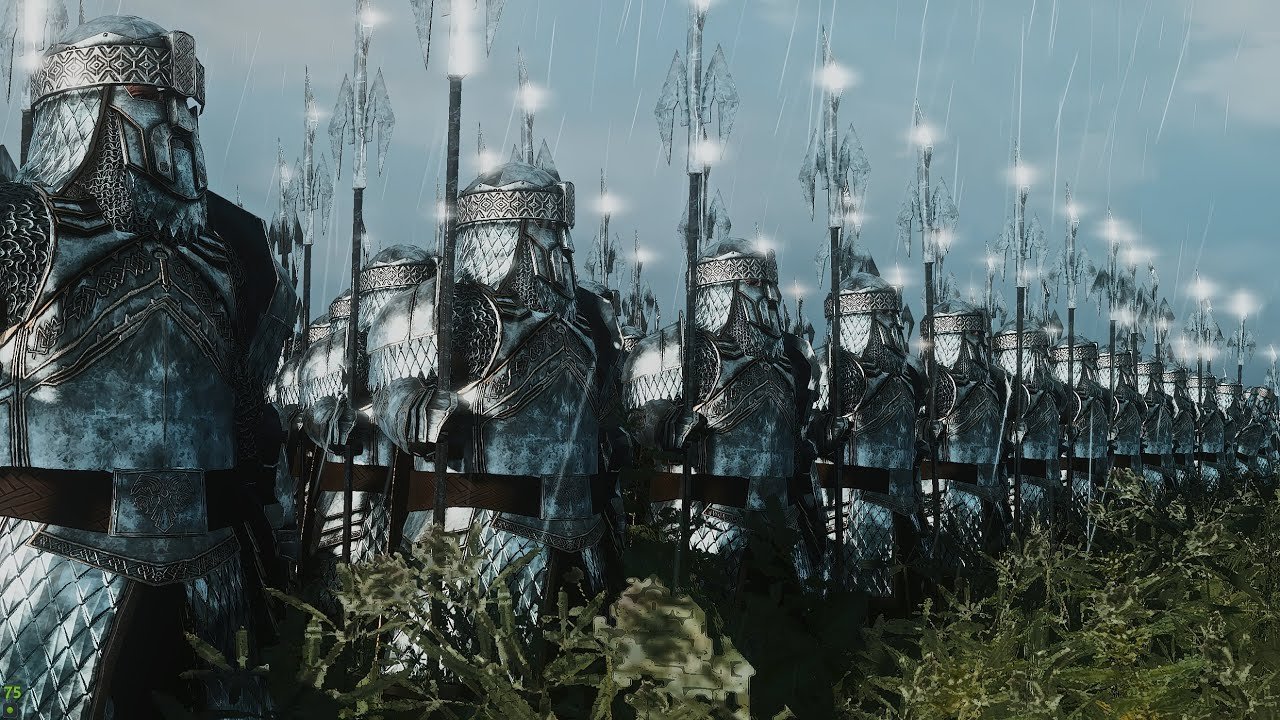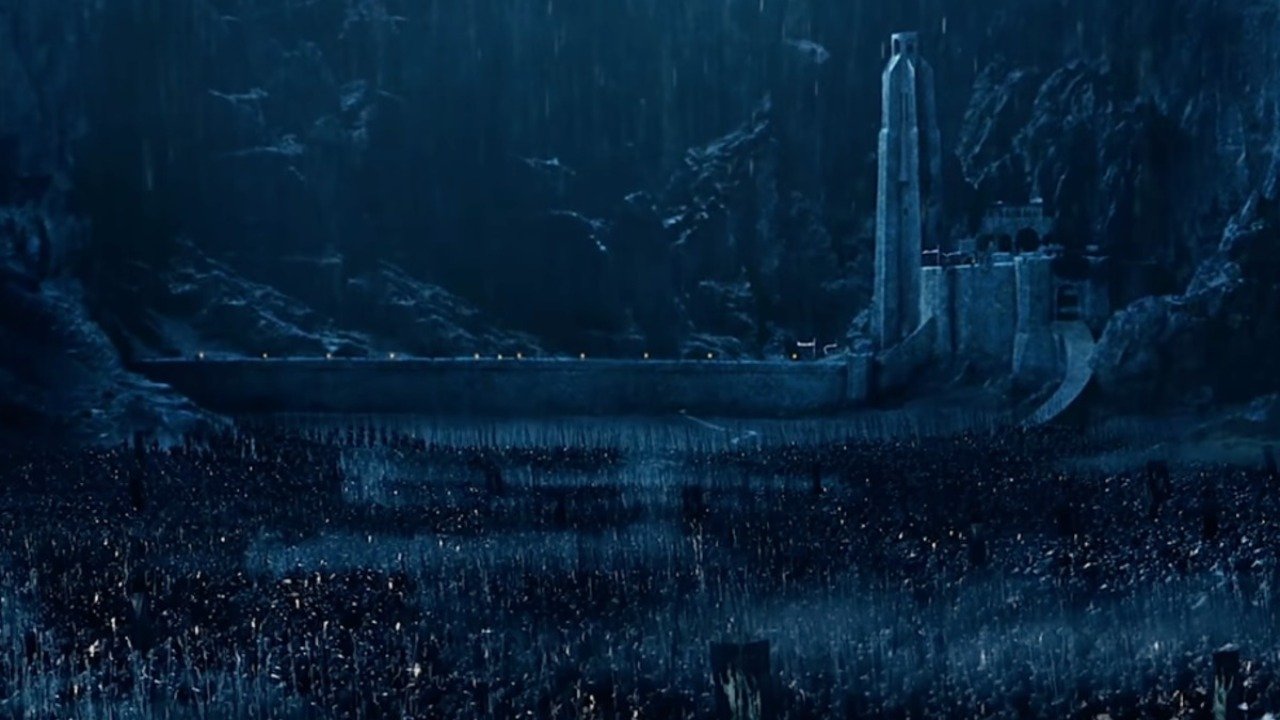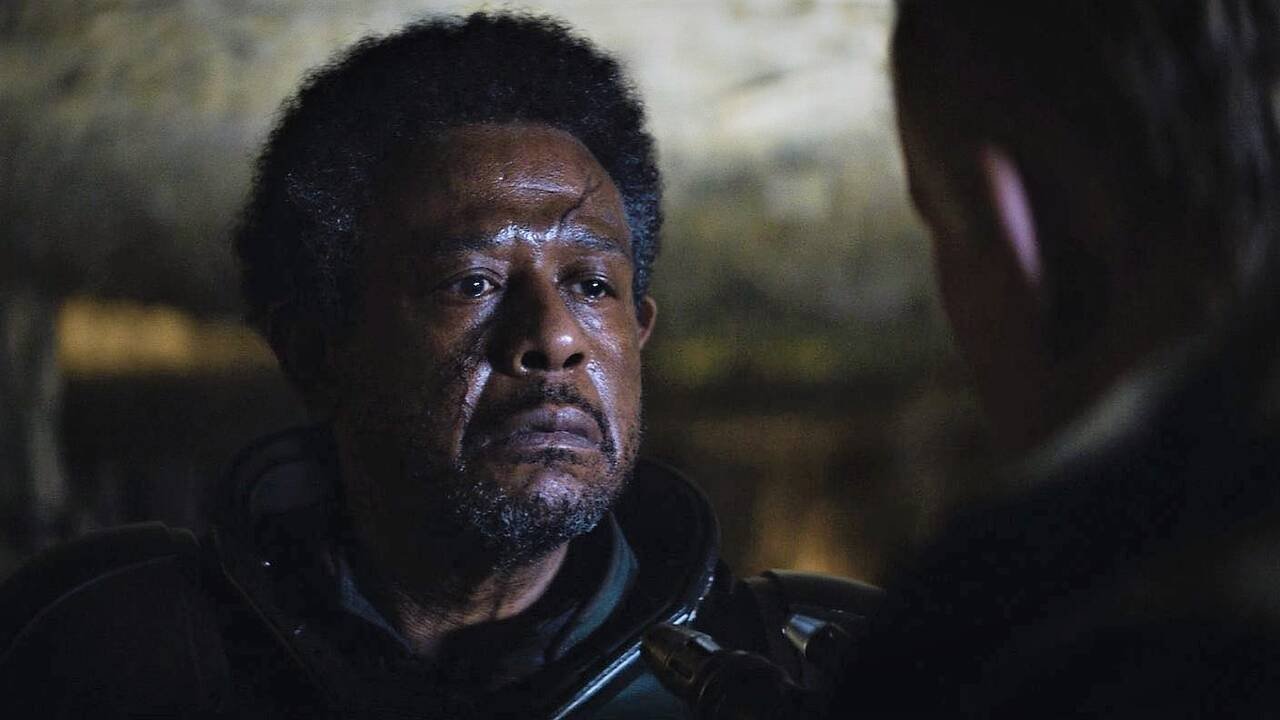The Languages of Middle-Earth
Image Source: The Wall Paper Kid
Languages are the cornerstone of the Middle-Earth legendarium. It’s well known that languages came first, and Tolkien wrote stories to follow the languages.
Indeed, Tolkien’s early work on what would become Middle Earth's languages started early between 1910 and 1930. His work produced a fascinating body of linguistic work.
RELATED:
Elvish languages
Image Source: IGN
Primitive Quendian: Primitive Quendian was the proto-language of the first elves after they awoke at Cuiviénen. In the legendarium, the term “Primitive Quendian” is a retroactive term for the earliest ancestor of the Elvish languages, used mainly by Lore Masters.
Avarin languages: “Avarin” refers to a group of at least six languages or dialects, all descended from Primitive Quendian. The nearest to the Eldarin languages of the West was West Avarin; there was also North Avarin and East Avarin. Tolkien intended the earliest versions of the languages to resemble Goidelic, Baltic, and Finnic languages in how they sounded.
Common Eldarin: Common Eldarin was the ancestral language of the Elves and the last common ancestor of ALL languages. It evolved from Primitive Quendian and was the language of the ancient Eldar of the Great March from Cuiviénen.
Quenya: Quenya developed as a language among the High Elves who reached Aman. It was usually written with the Tengwar script developed by Fёanor. Each of the three clans of Elves in Aman spoke slightly different but mutually intelligible dialects: Valinorean Quenya, Vanyarin Quenya, and Exilic Quenya.
Valinorean Quenya: This was a dialect spoken by the Elves who stayed in Valinor. Its differences with Exilic (Noldorin) Quenya seemed to be phonetical. It was likewise spoken by the Noldor who remained in Valinor following the Exile of the Noldor. It had dialects of its own, such as Vanyarin.
Exilic Quenya: This was the dialect spoken by the Noldorim, who left Aman for Middle-Earth in the Exile of the Noldor. Due to this, it became the dialect of Quenya commonly used in Middle-Earth by groups like the Edain and the Dunedain.
Vanyarin: Vanyarin, aka Vanyarin Quenya, developed in Valinor, separate from Exilic Quenya. It was considered a lesser-known, elusive dialect.
Telerin: Telerin is best used to describe the language of the Falmari, the Teleri Elves who came to Valinor. It is descended from Common Telerin, an ancient dialect of Common Eldarin. It is related to both Quenya and Sindarin.
Common Telerin: Common Telerin was a dialect of the ancient language of Common Eldarin. It was spoken by the Teleri, the third of the Elvish clans to depart from Cuiviénen. It is the ancestor of Valinorean Telerin and the languages of the Westlands (Middle-Earth), such as the Sindarin language.
Sindarin is the language of the Sindar, the Teleri who remained in Middle-Earth, and the Noldor who returned to Middle-Earth. It was also known by the Men of Numenor and was preserved by the Men of the exile kingdoms of Middle-Earth. Several dialects exist, such as Doriathrin, Falathrin, and North Sindarin. It also heavily influenced the Mannish language of Adûnaic.
Silvan Elvish: This was the language of the Silvan Elves, who were reclusive forest-dwellers. It is a branch of Common Telerin. It is also known as the “woodland tongue.” By the Third Age, the only remnants left of Silvan were names like Caras Galadhon or Legolas.
Mannish Languages
Image Source: YouTube
Northern Mannish was the Mannish language spoken by the Northmen of Rhovanion. These Men had a mutual respect and friendship with the Longbeards of the Dwarves, which influenced Dwarven languages.
Taliska: Edain spoke this language. There were two dialects, that of the House of Bёor and that of the House of Hador. The two were originally one group, which eventually diverged when they reached the northern shores of the Sea of Rhûn. It has a lot in common with the historic Gothic language. A complete grammar and syntax exists but has not been published.
Adûnaic was the Númenorean language spoken by the Men of Númenor. It was derived from the Hadorian dialect of Taliska and distantly related to the languages of the Men of the East. Due to its longevity, the Númenoreans who escaped the Doom of Númenor and migrated to Middle Earth could still find commonalities with the native populations.
Westron: This was the language of the Dunedain of Middle Earth. By the Third Age, it was so well-known among the populations of western Middle Earth that it more or less became the universal language.
Hobbitish: Also known as Shire-speech or Hobbit-speech, this was technically a sub-dialect of Westron that the Hobbits of the Shire spoke. It includes words from a variety of languages that influenced it.
Bucklandish: Also known as Stoorish, this was the tongue of the Stoors, one of the ancestral groups of the Hobbits, who, after their isolated days of wandering, settled in Buckland. It reflected a Dunlendish influence on their language.
Black Adûnaic: This was the language of the black Numenoreans, seduced and corrupted by Sauron.
Languages of the Northmen: This family included the languages of peoples like the Beornings, the Lake-men, and the Men of Dale.
Language of Dale: This was the language spoken by the Men of Dale. It was related to both Rohanese and Westron.
Rohanese: A Mannish language spoken by the Men of Rohan. Despite being related to Westron, Rohanese speakers were not intelligible to Westron speakers. Tolkien drew a lot of inspiration from Old English for this language.
Dunlendish: the language of the Men of Dunland. It influenced Stoorish (Bucklandish) and, more distantly, the language of the Men of Rohan.
Druadan language: Little is known about this language spoken by the Drúedain, save that there were two dialects, Brethil and Drúadan Forest.
Haradrim, Easterling, and Lossoth languages: Little is known about these languages.
Dwarvish and Other Languages
Image Source: YouTube
Khuzdul: Also known as Dwarvish, this was the secret language of the Dwarves, given to them by Aulё himself. It resembled Semitic languages.
Iglishmek: a Dwarvish language of silent gesture-signs. Dwarves used it to communicate with each other when amongst strangers. It was very similar to monastic sign language.
Entish: also known as Old Entish, this was the sonorous ancient language of the Ents. It was developed by the Ents themselves out of their desire for a spoken language. It was very repetitive and long-winded.
Valarin: This was the language of the Ainur. Almost nothing is known about it.
Orkish: a term for the languages of Orcs. The variations between tribes and types of Orcs meant it was pretty much useless for wider communication.
Black Speech: The universal language of the servants of Mordor, created by Sauron. The “pure” form was eventually known only to the Nazgul; otherwise, it was influenced by Orkish languages.
The wolves (wargs) and thrushes of Middle-Earth also had their own languages.
READ NEXT:
Sources: Tolkein Gateway
















